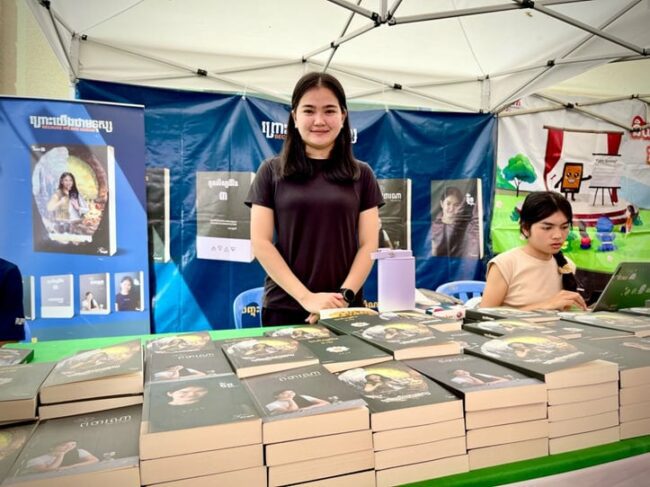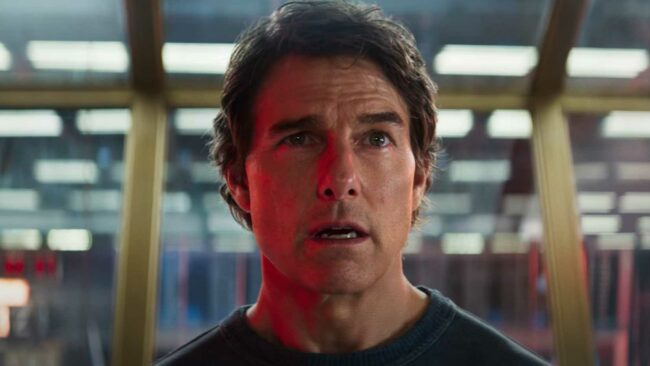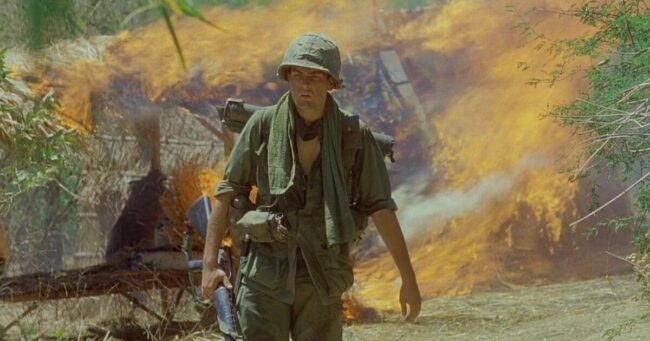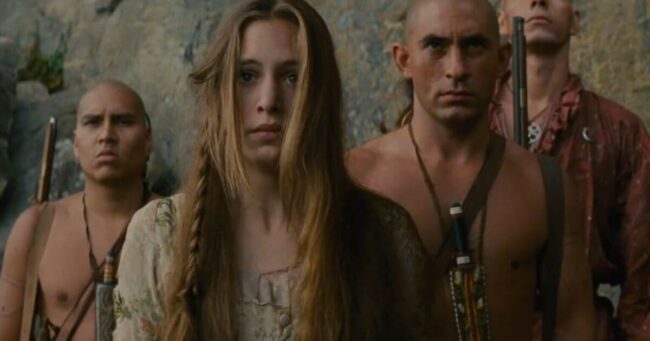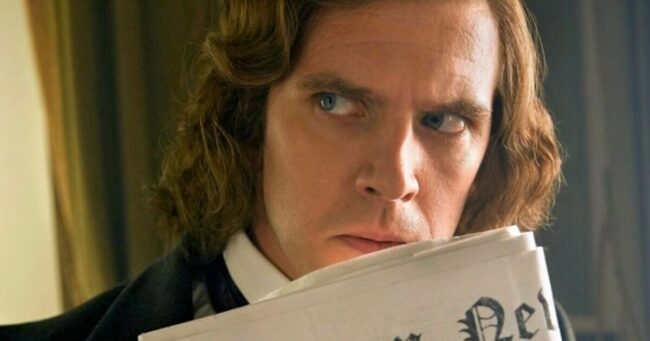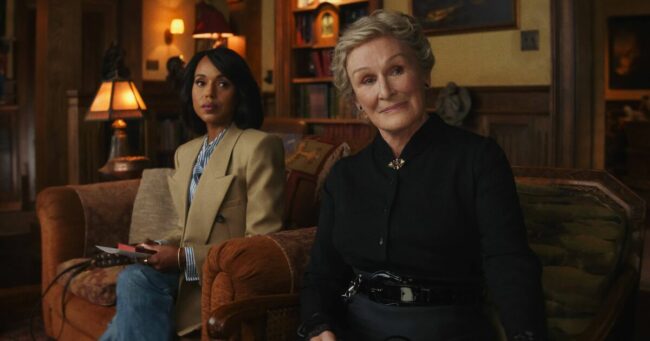Book Fair Reinforces Value of Reading
Cambodia opened its 12th annual book fair this week, aiming … the work of local authors, publishers and educators. Photo: Heang … Cambodia opened its 12th annual book fair this week, aiming to … authors, publishers and educators.
Held under the theme “Books are a …

